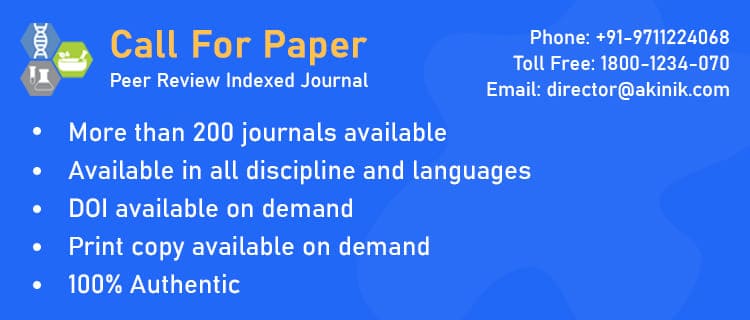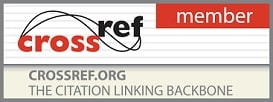- Printed Journal
- Indexed Journal
- Refereed Journal
- Peer Reviewed Journal

Peer Reviewed Journal
Journal of Pharmacognosy and Phytochemistry
Vol. 8, Issue 6 (2019)
Studies on food consumption indices as influenced by BM NPV infection
Author(s):
DK Hadimani, MC Devaiah, KC Narayanaswamy, RN Bhaskar, Radha D Kale and KR Shreeramulu
Abstract:
Silkworm Bombyx mori L. is highly susceptibility to grasserie disease caused by Bombyx mori nuclear polyhedrosis virus (BmNPV). The amount of food ingested due to BmNPV infection during fourth instar was significantly maximum in CSR2 (225.56 g/100 larvae) followed by PM × CSR2 (219.33 g/100 larvae, while significantly lowest food consumption was recorded in BL43 (191.58 g/100 larvae) followed by MH1 (194.95 g/100 larvae). Among the PIBs concentrations, the amount of food ingested was significantly maximum in 10-6 PIBs (207.25 g/100 larvae) which was on par with 10-3 PIBs (206.74 g/100 larvae) compared to control (214.71 g/100 larvae).whereas, the amount of food ingested during fifth instar, the food ingested was significantly maximum in CSR2 (1057.36 g/100 larvae), which was on par with that of PM × CSR2 (1050.12 g/100 larvae). Among the PIBs concentrations, the food ingested was significantly maximum at 10-6 (1252.29 g/100 larvae) followed by 10-3 PIBs (1158.12 g/100 larvae) compared to the control (651.75 g/100 larvae). Similarly, The food digestion was significantly maximum in CSR2 (180.03 g/100 larvae), which was on par with PM × CSR2 (179.05 g/100 larvae) and MH1 × CSR2 (179.05 g/100 larvae). It was significantly minimum in BL43 (160.35 g/100 larvae).The food digestion was maximum in CSR2 × CSR4 (838.85 g/100 larvae) followed by PM × CSR2 (834.08g / 100 larvae) and MH1 × CSR2 (834.44 g/100 larvae). It was minimum in MH1 (797.25 g / 100 larvae) followed by BL43 (798.33 g/100 larvae).
Pages: 392-395 | 1395 Views 499 Downloads
How to cite this article:
DK Hadimani, MC Devaiah, KC Narayanaswamy, RN Bhaskar, Radha D Kale and KR Shreeramulu. Studies on food consumption indices as influenced by BM NPV infection. J Pharmacogn Phytochem
2019;8(6):392-395.
Related Journal Subscription
Important Links
Important Sites
Copyright © 2012 - 2025. All Rights Reserved.









